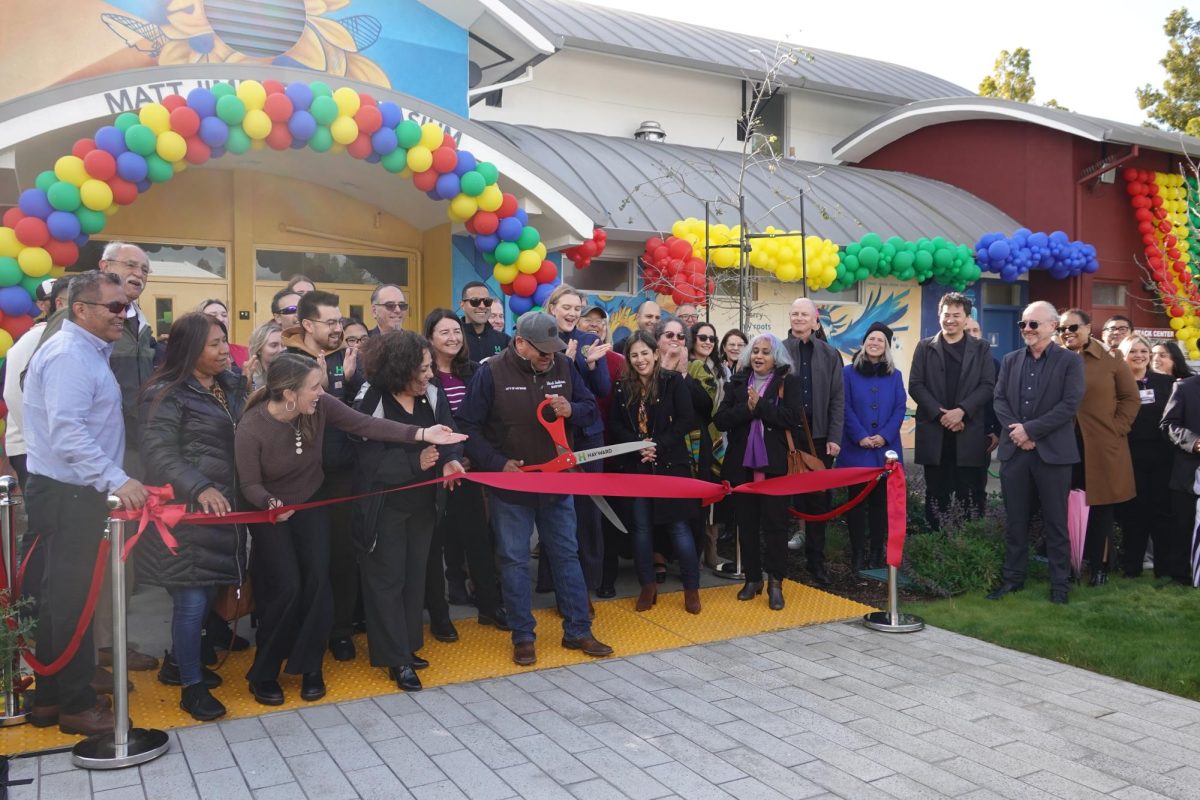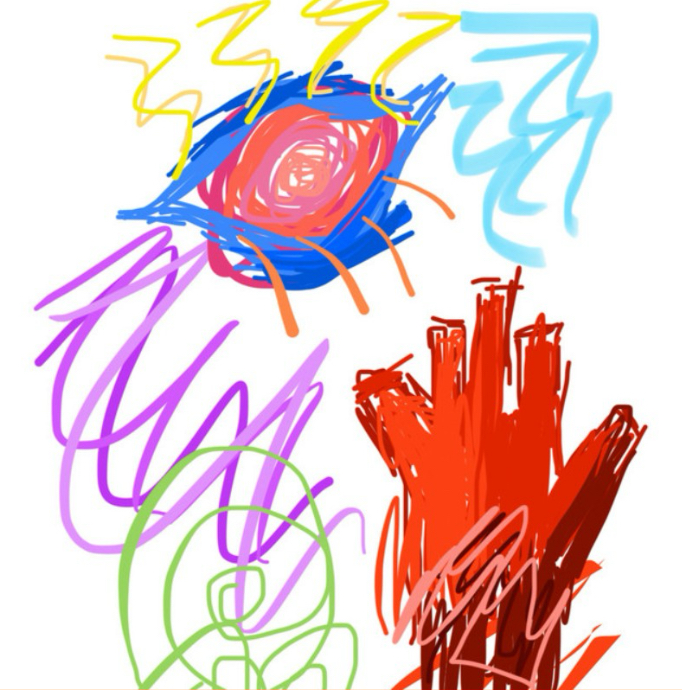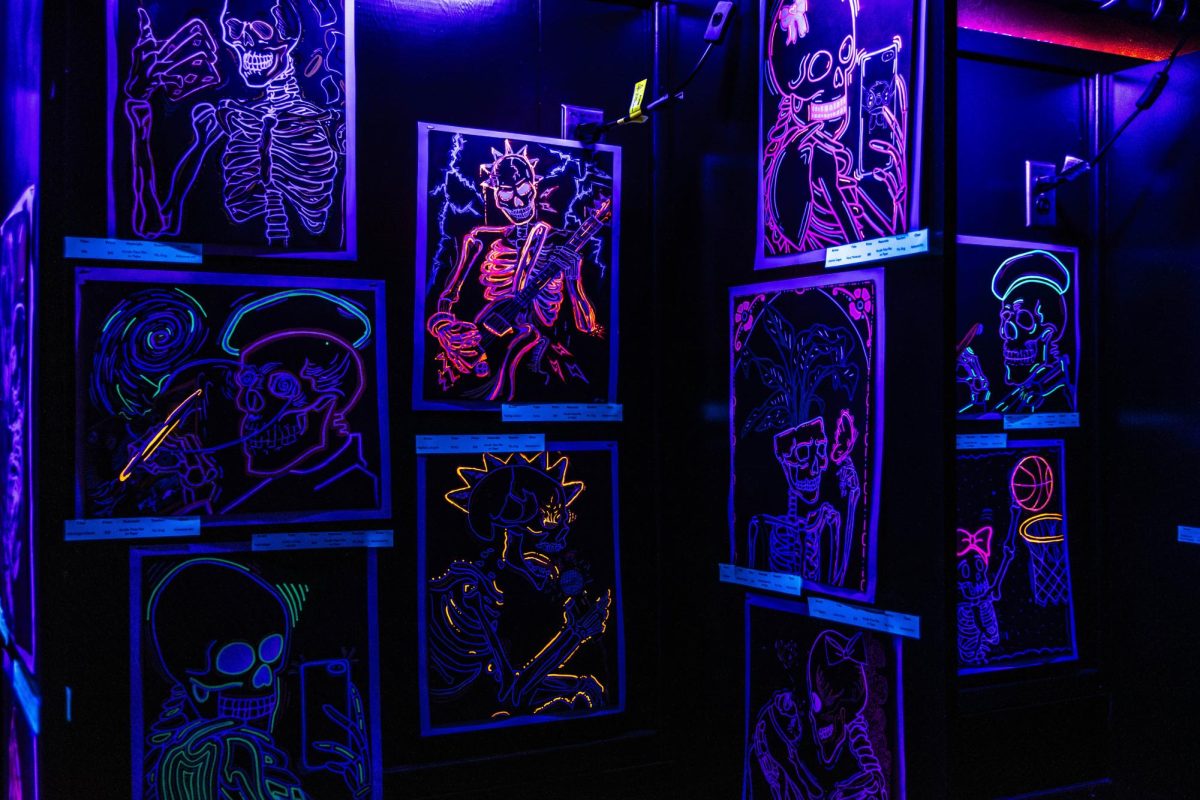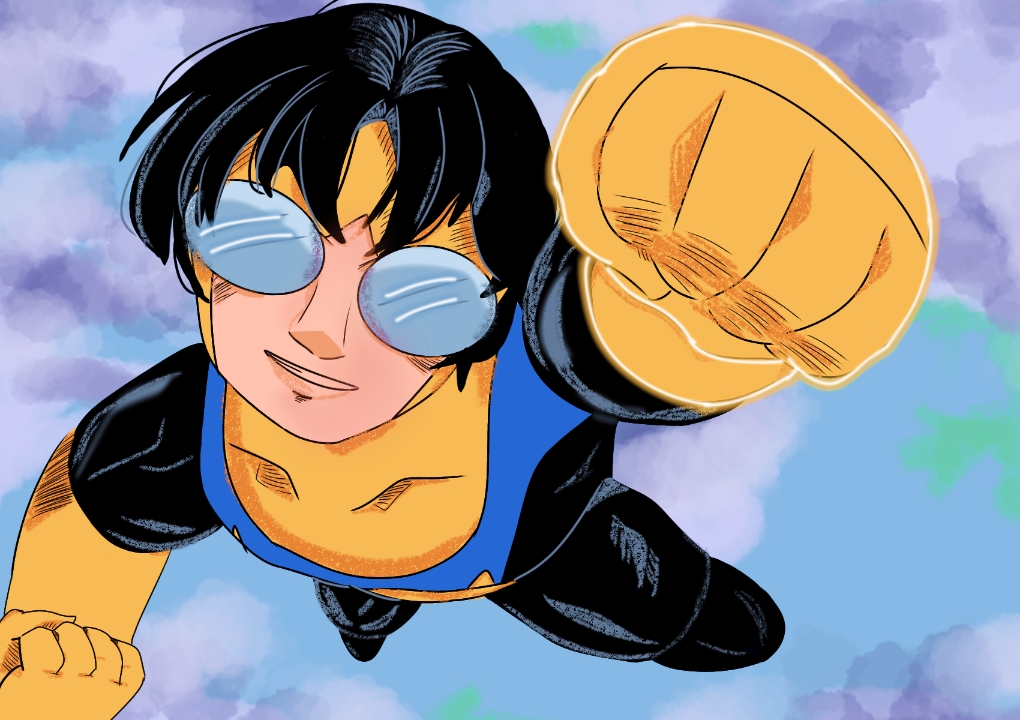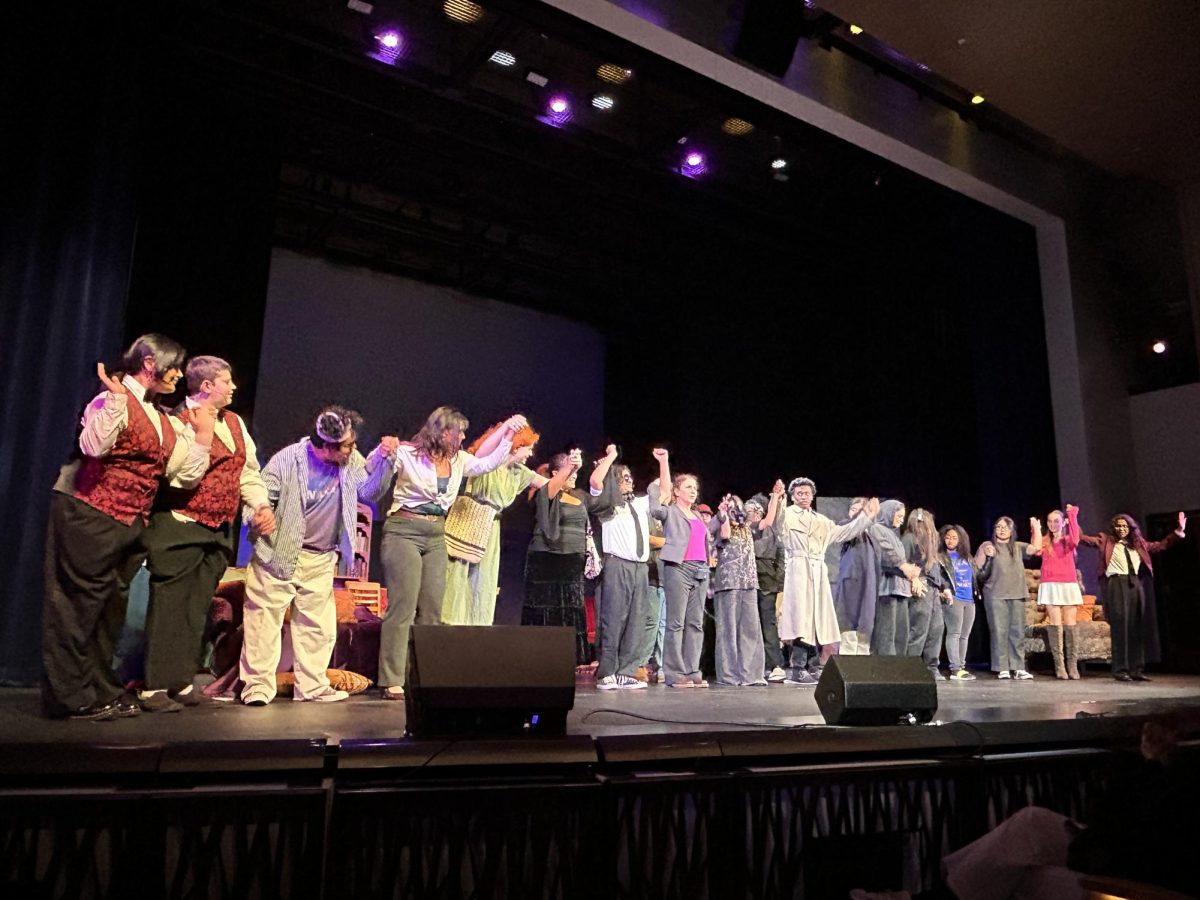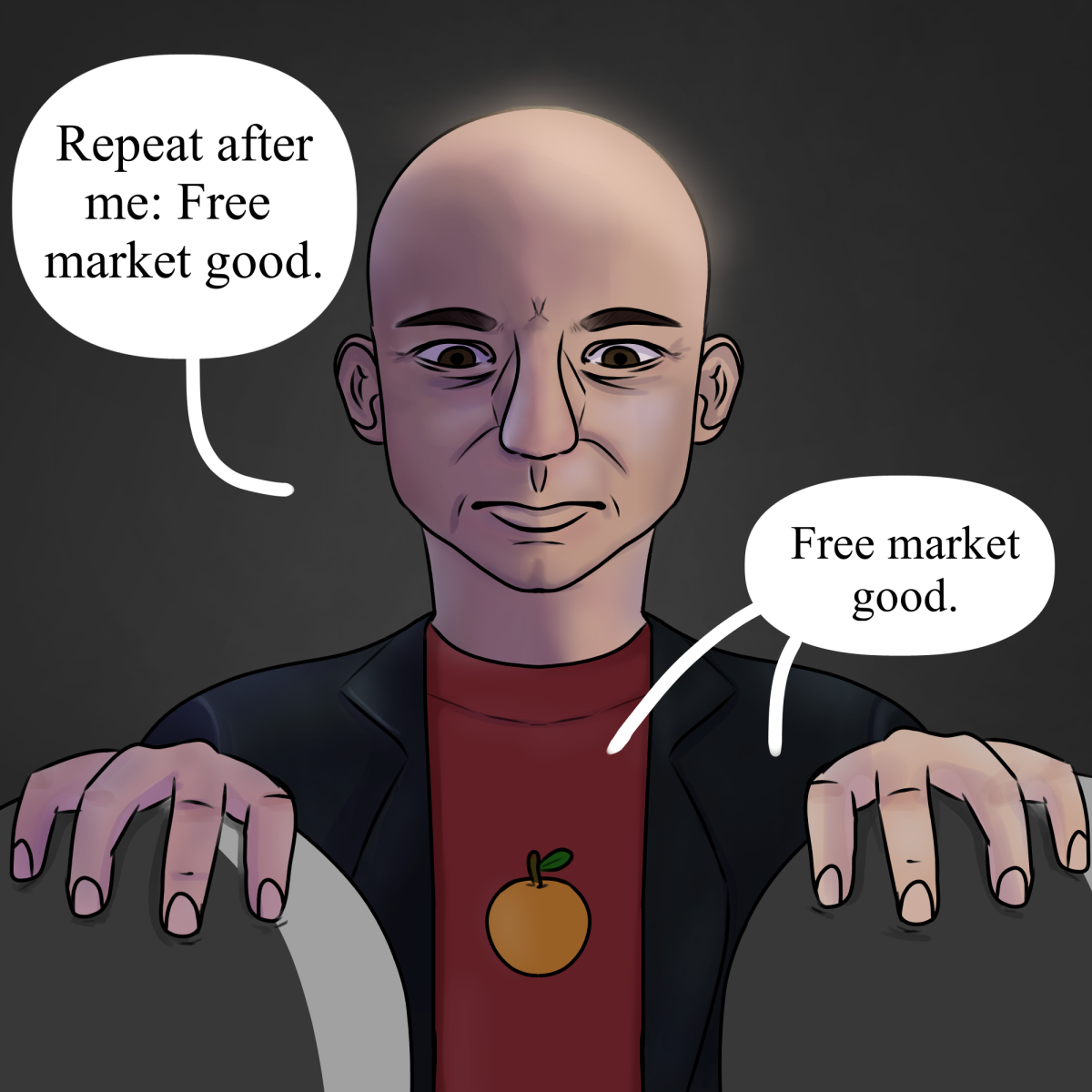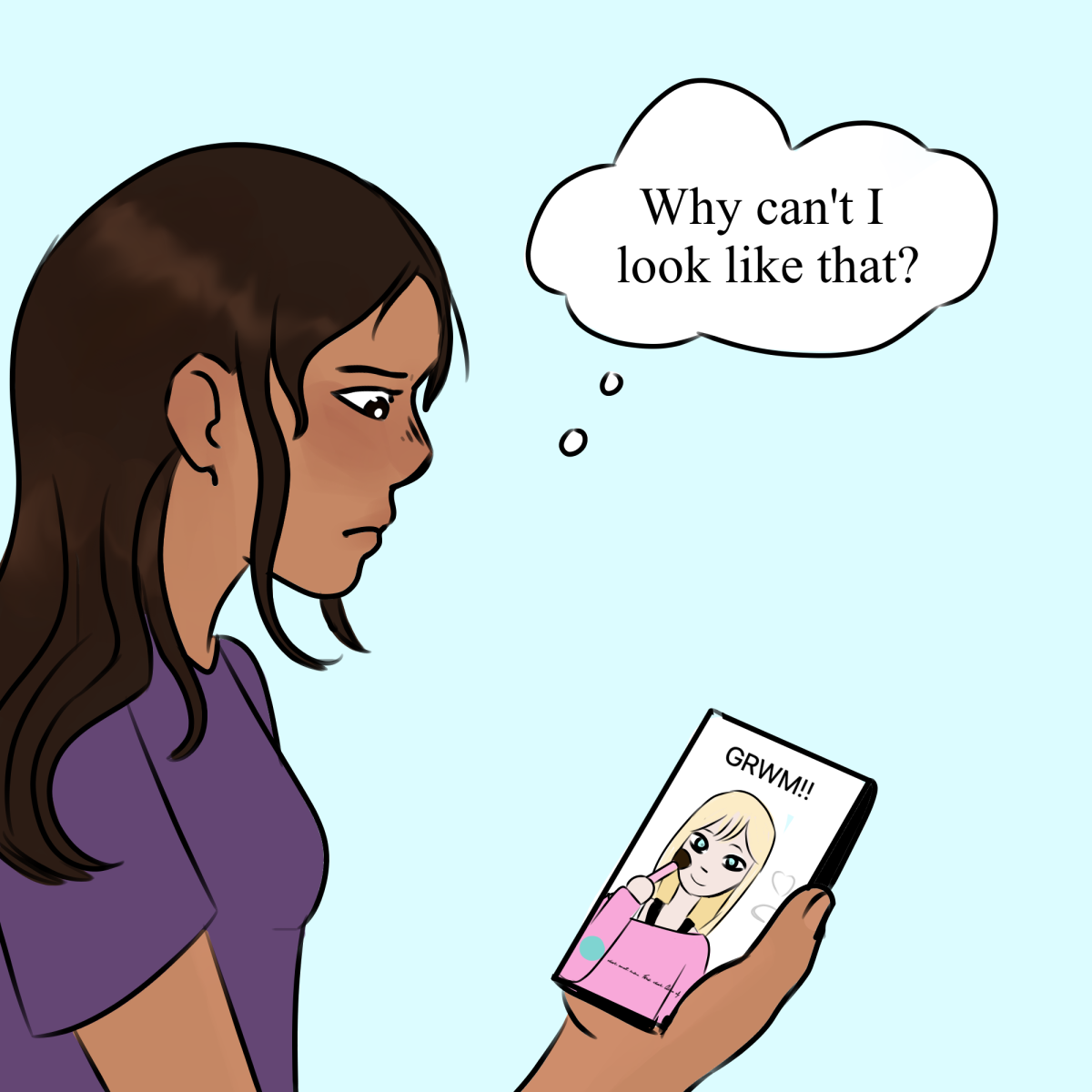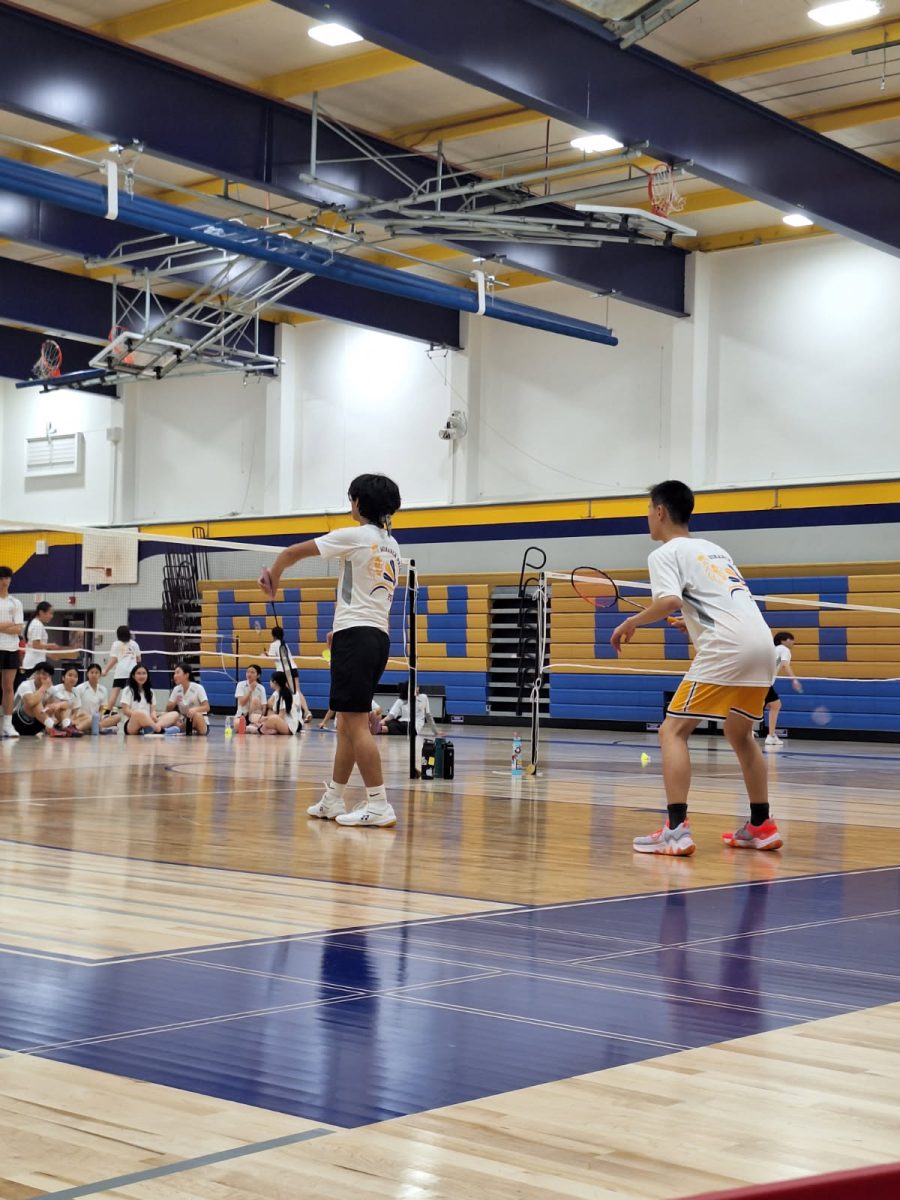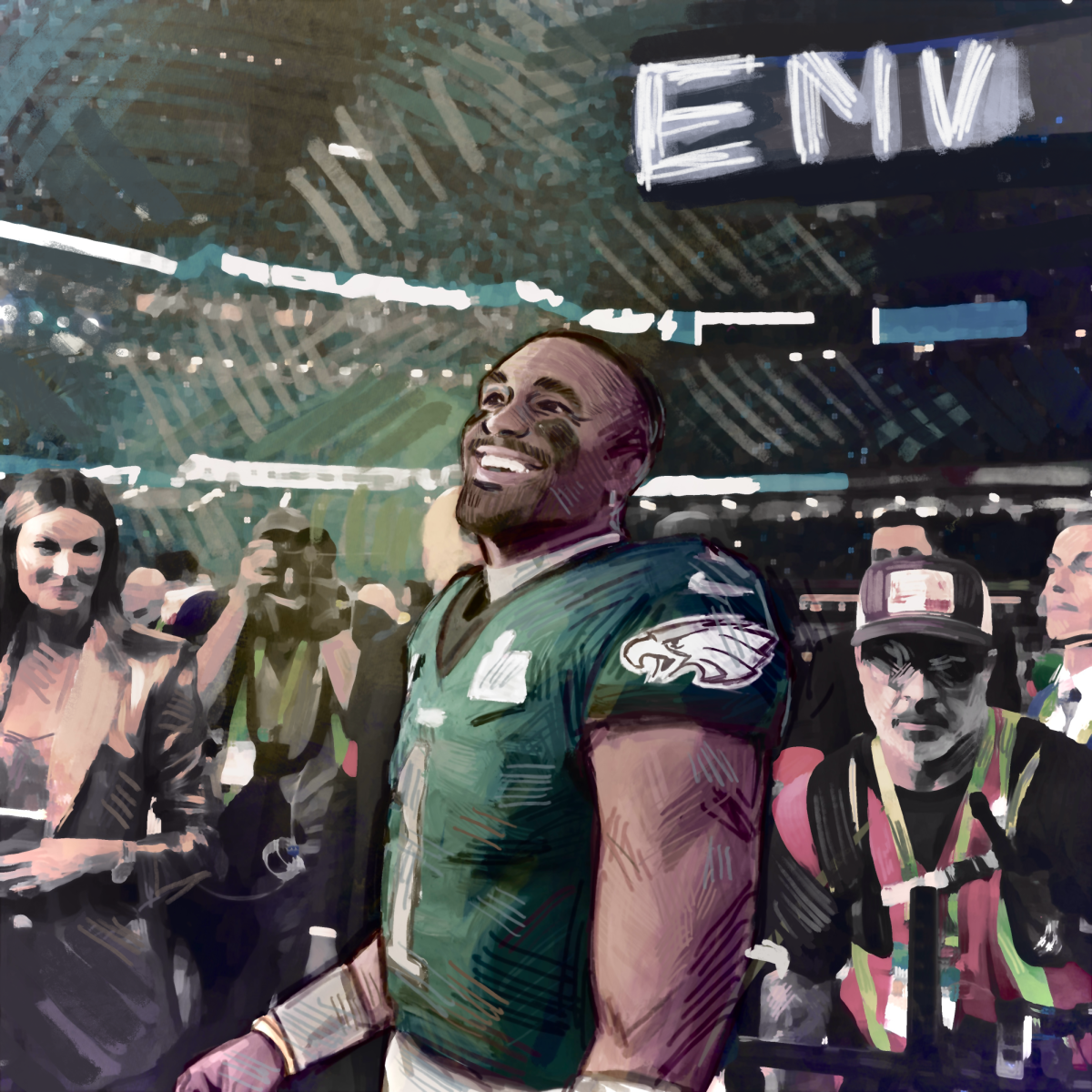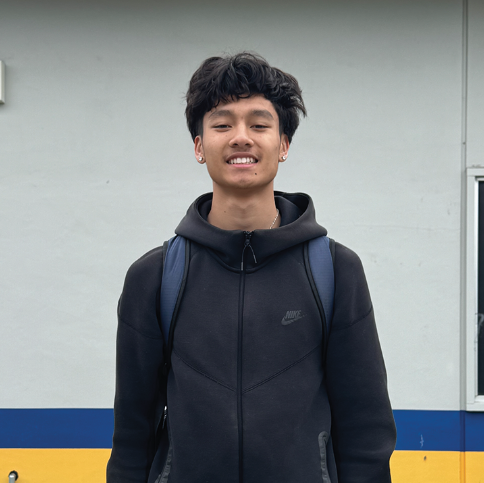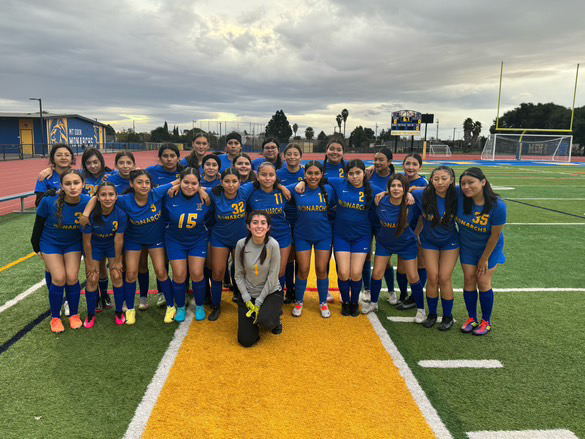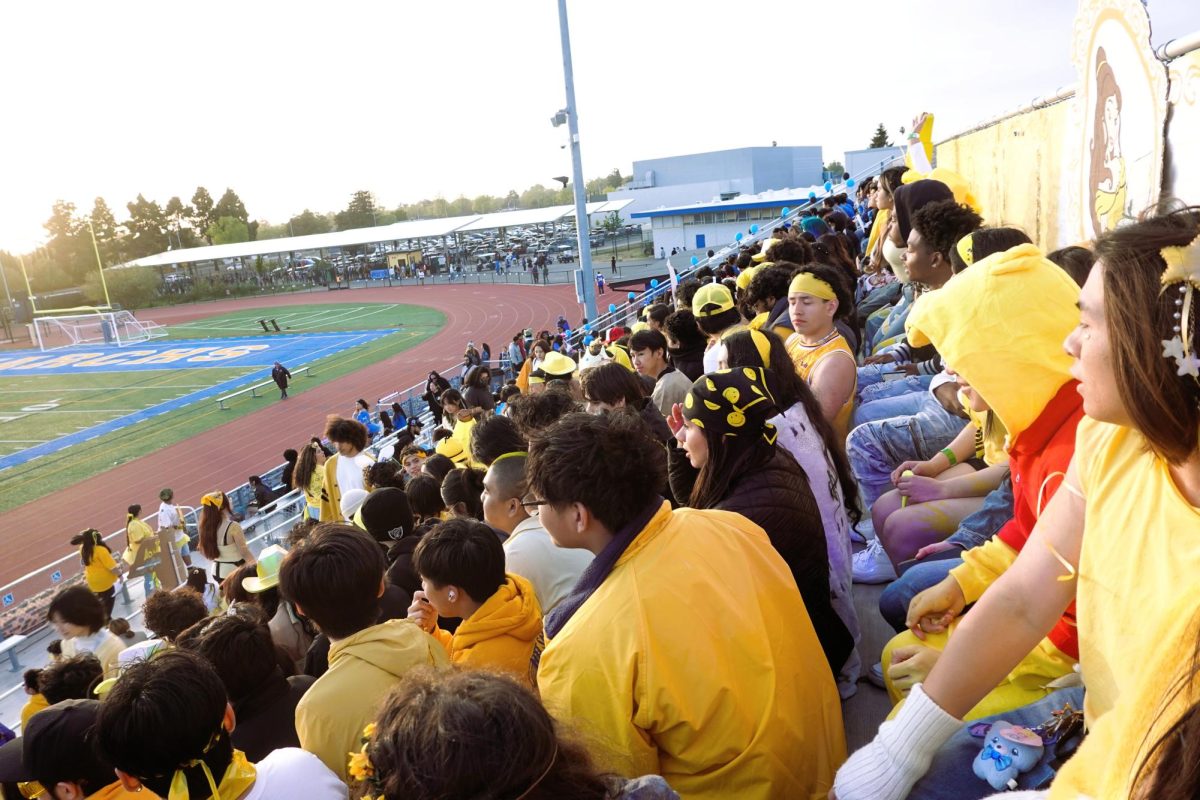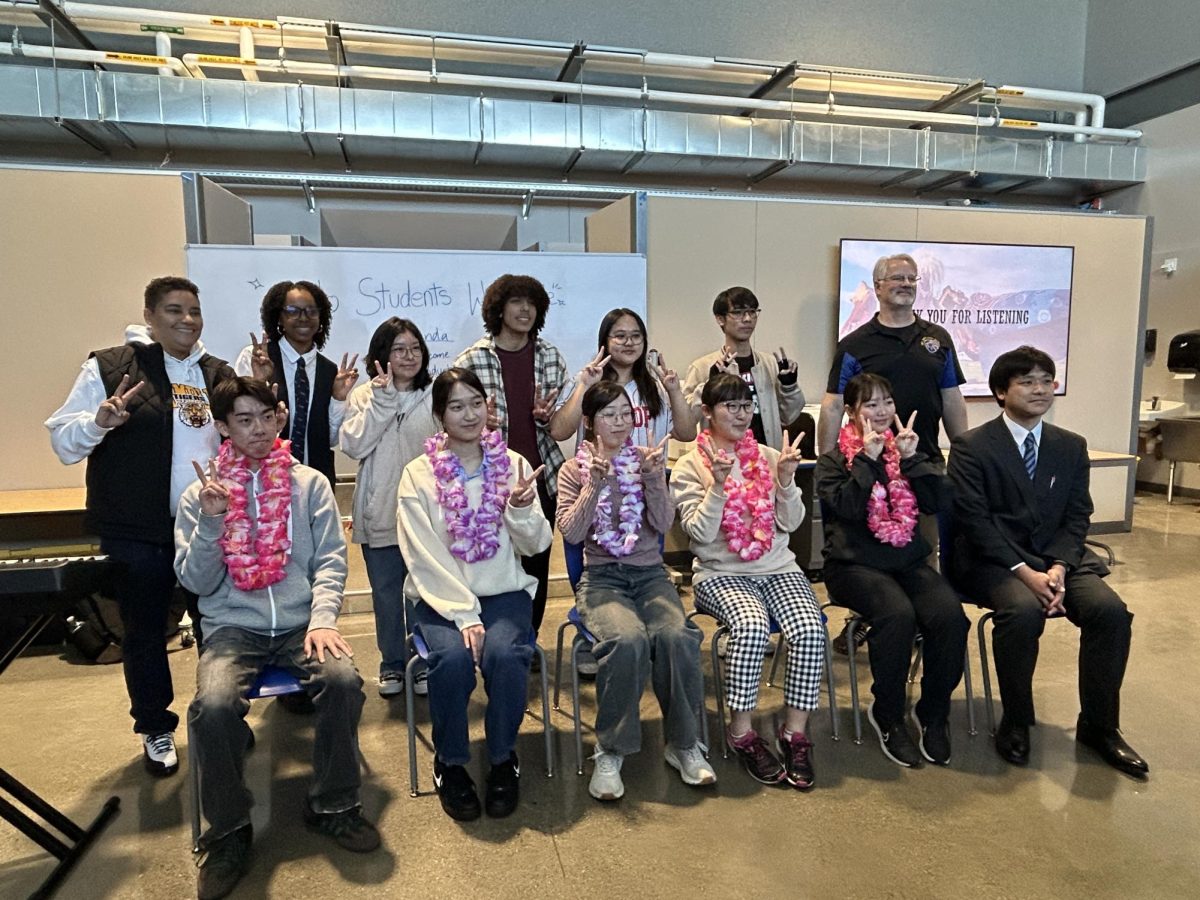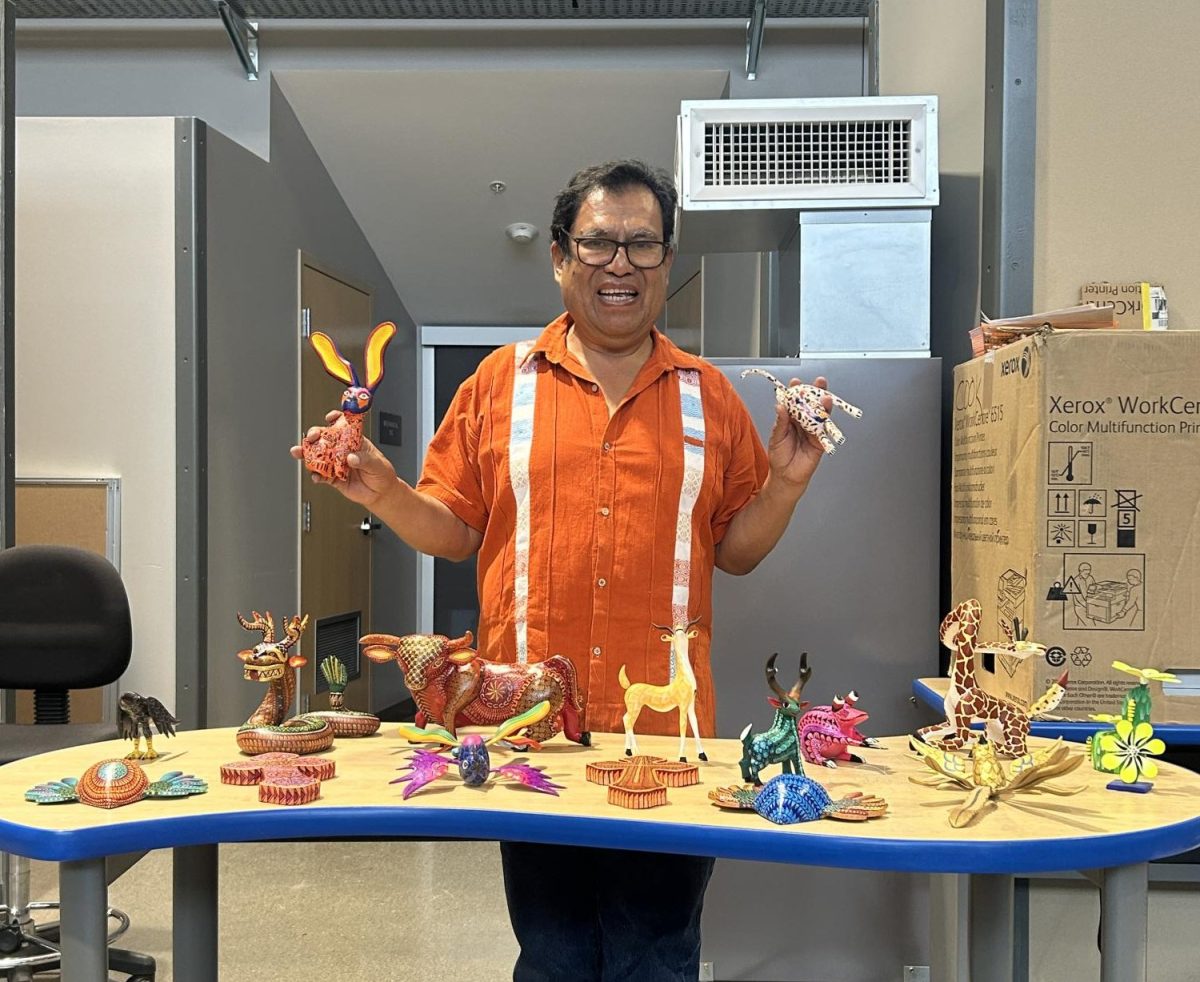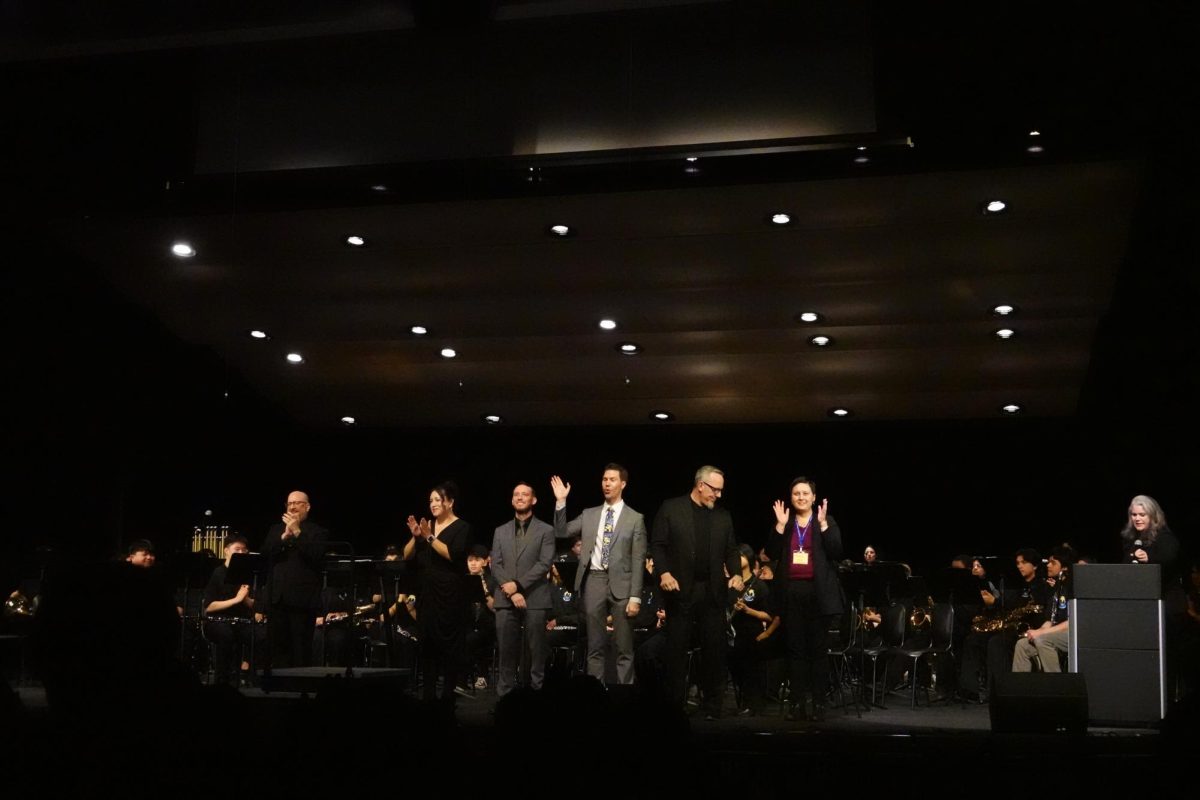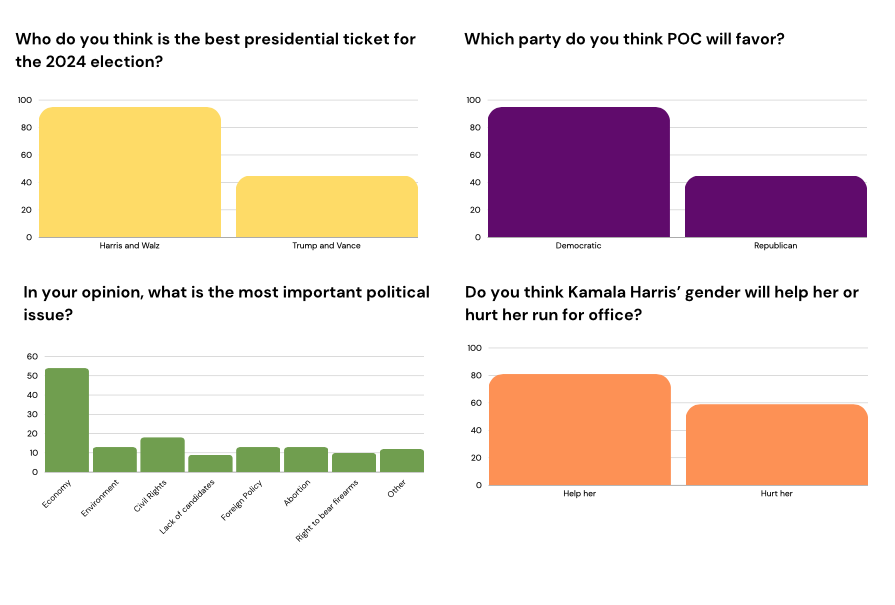As I scroll through TikTok, I come across videos with beauty filters, or some titled “How to do Copy-Paste Latina Makeup.” I ask myself, “What are these topics and why are they so viral?”
The term ‘copy-paste Latina’ is not exactly defined, however, it refers to those who exhibit features that the U.S. tend to associate with Latina women which include light skin, eurocentric facial features, silky, black hair, and bold, feminine makeup.
Refinery29 described this concept as a “monolithic beauty standard that’s unattainable for most,” erasing a fraction of the Latina community. One who lacks the ‘right’ features for the trend, and another who adheres to the look but is mocked in the media for being ‘basic’ for having the same look as others.
While there’s nothing wrong with adhering to the trend, it’s the way in which it’s perceived that’s problematic—the separation within the community and blatant colorism. Lighter-skinned girls are socially accepted to give into the aesthetic, while dark-skinned girls wanting to try it out are discouraged by the media. Trends, or aesthetics like that of the copy-paste Latina are harmful and can cause long term damage.
Trends like these make me believe that you have to have Western features to be considered beautiful or attractive. Beauty filters on TikTok, notably the ‘Bold Glamour,’ have gone viral due to claims of them making people ‘look so good.’ The resurgence of filters like these promote unrealistic beauty standards that encompass Western features, damaging self esteem and encouraging one acceptable aesthetic.
Social media doesn’t have to entertain beauty standards, everybody is beautiful in their own way. Removing yourself from toxic culture can drive social media from dictating beauty, deplatforming trends like these would be the most effective way to execute this. People encouraging these standards are doing more harm than good to others—that shouldn’t be the case with social media trends.

